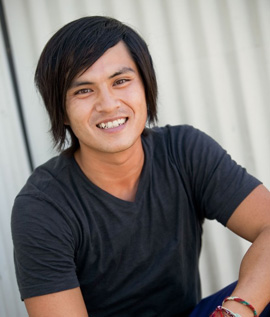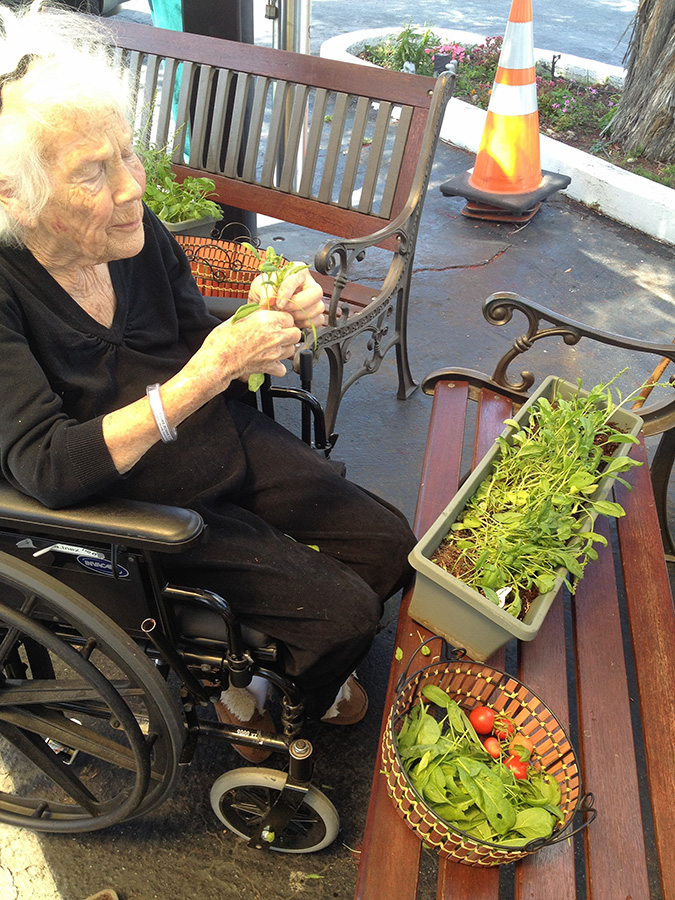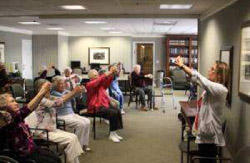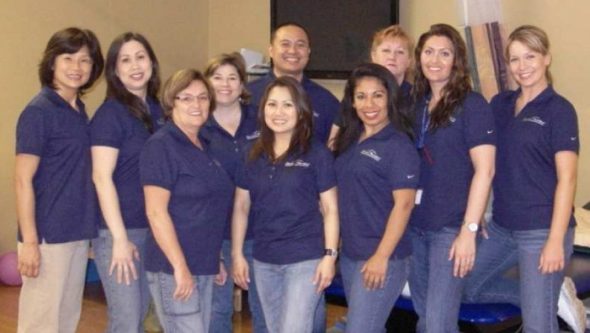by Curtis A. Merring, DOR, Wellington Place, Temple TX –
Professionals and administrators in any rehabilitation setting need intrinsic motivation to pursue evidence-based treatment strategies to stay ahead of market adjustments and reimbursement trends. In our current healthcare system of cost-cutting and cost-saving payers such as Medicare (the lifeline of skilled nursing facilities), it is only a matter of time before regulators request from facilities quantifiable results of treatments. Active participation in this process, including preemptively taking these steps, will put any organization or facility at an advantage.
In my experience as a therapist, it has been rare to witness therapists who review current research when planning their treatment strategies, and current trends show no remarkable change in their approach. This is problematic for both established therapists and new graduates entering the field. Therapists in the field are used to the status quo of not integrating research or evidence. New graduates, equipped with the newest evidence- based treatment strategies and the know-how for obtaining this information, come into a field that is dominated with non-evidence-based practice. As clinicians with the least experience, they are challenged with implementing research-based treatment among the norms of existing therapists, not to mention many superiors who have routinely practiced non-evidence-based practice. Shifting the paradigm will require a change in our culture.
At Wellington Place Living and Rehabilitation, our staff has accepted the challenge of integrating evidence into our practice. The rehabilitation department actively engages in addressing the above stated challenges in the following ways. First, all disciplines have at least one evidence-based outcome measure they are responsible for using, tracking and reporting on to objectively measure progress in addition to and in support of less objective functional level measurements (e.g., Min A, Mod A). Next, a relationship has been established with Texas State University through my current collaboration and consistent, open dialogue regarding new treatment strategies and proven innovations in practice. Also, all therapists are encouraged to attend courses with strong evidence-based, progressive topics and present on them to the whole staff upon completing the course. Applying these steps in order to increase evidence-based practice in our department has increased accountability for both the staff and me. In return, we have been able to provide a better service rooted in proven rehabilitation strategies.







